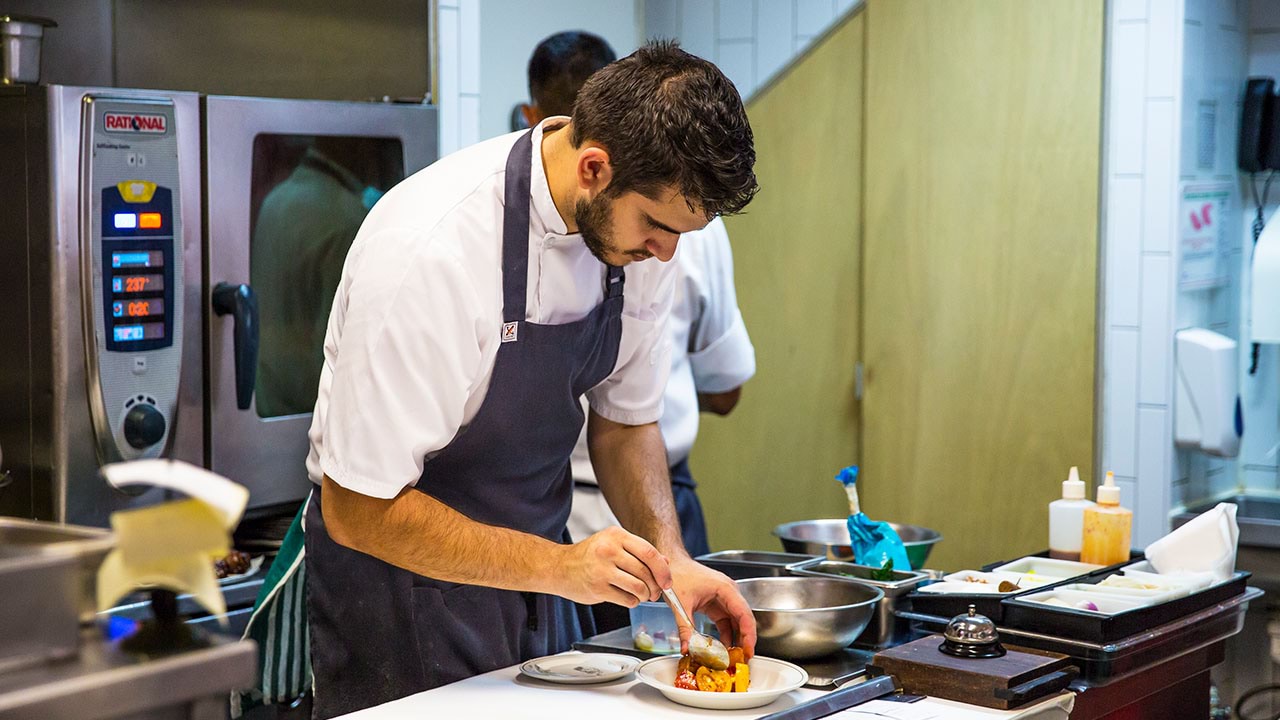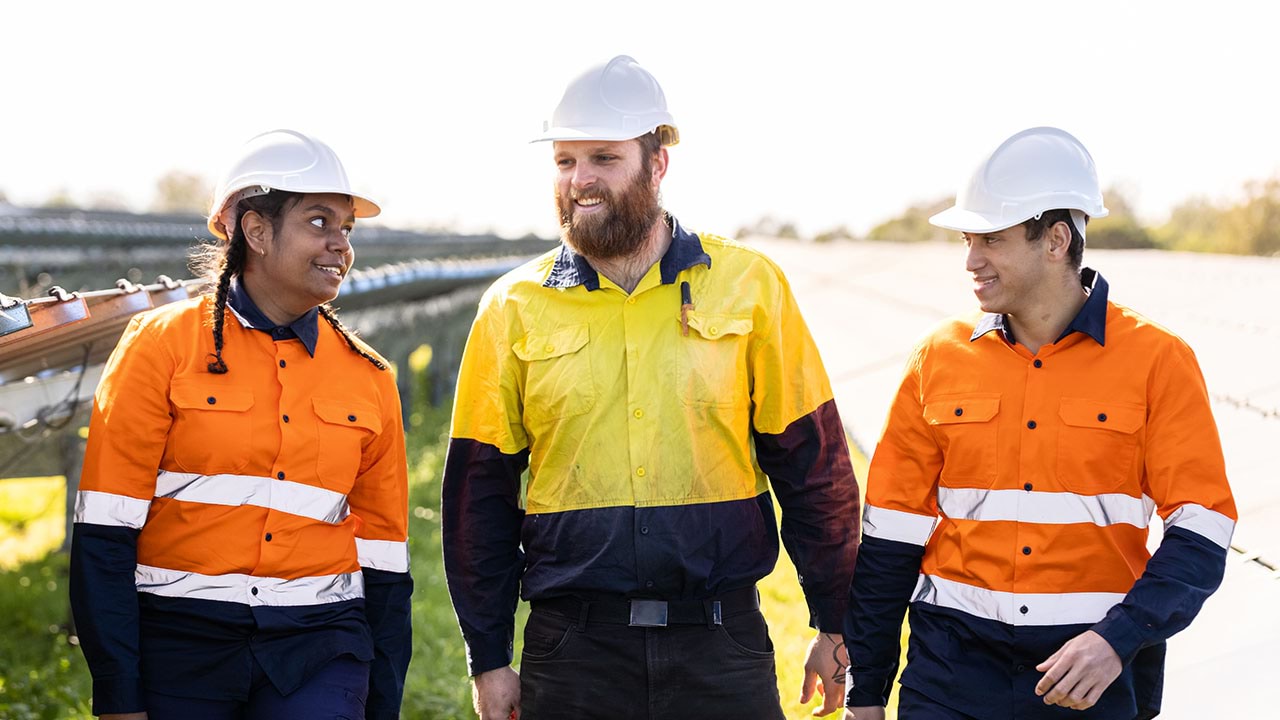Therapy aides help patients who are in therapy programs. They may work in different settings, including health, welfare or community services.
Find out what a therapy aide does and the related Vocational Education and Training (VET) courses and pathways you can take to secure a job.
What is a therapy aide?
Therapy aides support people who are undergoing therapy programs. As a therapy aide, you may help patients with a range of care needs, including:
- personal care needs such as showering, dressing and eating
- mobility and communication
- rehabilitation exercises
- treatment and medications.
Therapy aides work closely with the therapist to observe the patient’s condition. You may also assist with patient complaints, planning and reporting.
Therapy programs may be related to health, welfare or community services.
Find out more about therapy aides(opens in a new window) and these related jobs on the Victorian Skills Gateway(opens in a new window):
- aged ar disabled carer(opens in a new window)
- disabilities services officer(opens in a new window)
- enrolled nurse(opens in a new window)
- hospital orderly(opens in a new window)
- nursing support worker (opens in a new window)
- social worker(opens in a new window).
Related training courses
Explore these related TAFE and training courses on the Victorian Skills Gateway(opens in a new window):
- ageing support(opens in a new window)
- allied health(opens in a new window)
- community services(opens in a new window)
- health services(opens in a new window)
- individual support(opens in a new window).
You may be eligible for government funding to help pay for your course.
Median salary
The median weekly earnings for nursing support and personal care workers in Australia is $1,279.
Source: Jobs and Skills Australia(opens in a new window)
Note this salary is current as of January 2025 and is indicative only. A range of salaries apply to different roles across the industry. Specific data is not available for therapy aides.
Job demand in Victoria
Below are the employment forecasts for nursing support and personal care worker jobs in Victoria. Figures show the number of workers in 2024 and the new workers expected to enter the workforce by 2027 and 2034.
‘New workers expected’ accounts for workers adding new jobs to the economy and replacing retirees over the next 3 and 10 years. These projections are estimates only. There will be additional jobs available as people move between jobs and industries.
Specific data is not available for therapy aides.
| Region | Workers 2024 | New workers expected by 2027 | New workers expected by 2034 |
|---|---|---|---|
| Victoria | 25,166 | 4,215 | 15,323 |
| Melbourne – inner metropolitan | 2,259 | 450 | 1,492 |
| Melbourne – inner south-east metropolitan | 2,301 | 340 | 1,217 |
| Melbourne – southern metropolitan | 4,003 | 623 | 2,298 |
| Melbourne – northern metropolitan | 3,142 | 571 | 2,178 |
| Melbourne – eastern metropolitan | 4,018 | 620 | 2,296 |
| Melbourne – western metropolitan | 2,327 | 481 | 1,794 |
| Ballarat and surrounds (Central Highlands) | 743 | 131 | 459 |
| Bendigo, Echuca and surrounds (Loddon Campaspe) | 1,103 | 170 | 620 |
| Geelong, Colac and surrounds (Barwon) | 1,474 | 266 | 970 |
| Gippsland | 1,474 | 227 | 836 |
| Horsham and surrounds (Wimmera Southern Mallee) | 267 | 38 | 125 |
| Mildura, Swan Hill and surrounds (Mallee) | 478 | 66 | 215 |
| Shepparton, Seymour and surrounds (Goulburn) | 559 | 77 | 292 |
| Wangaratta, Wodonga and surrounds (Ovens Murray) | 572 | 88 | 311 |
| Warrnambool, Hamilton and surrounds (Great South Coast) | 446 | 67 | 219 |
Source: Victorian Skills Authority Employment Projections Dashboard
Resources to plan your next steps
Visit our health care industry profile to find out about:
- what it’s like to work in health care, and some of the jobs you could do
- training and skills to work in the industry, and financial assistance to help pay for your course
- help getting a job in health care, and industry job projections for Victoria
- other free resources and advice to plan your training and career.
Explore growing industries in your region
Updated



